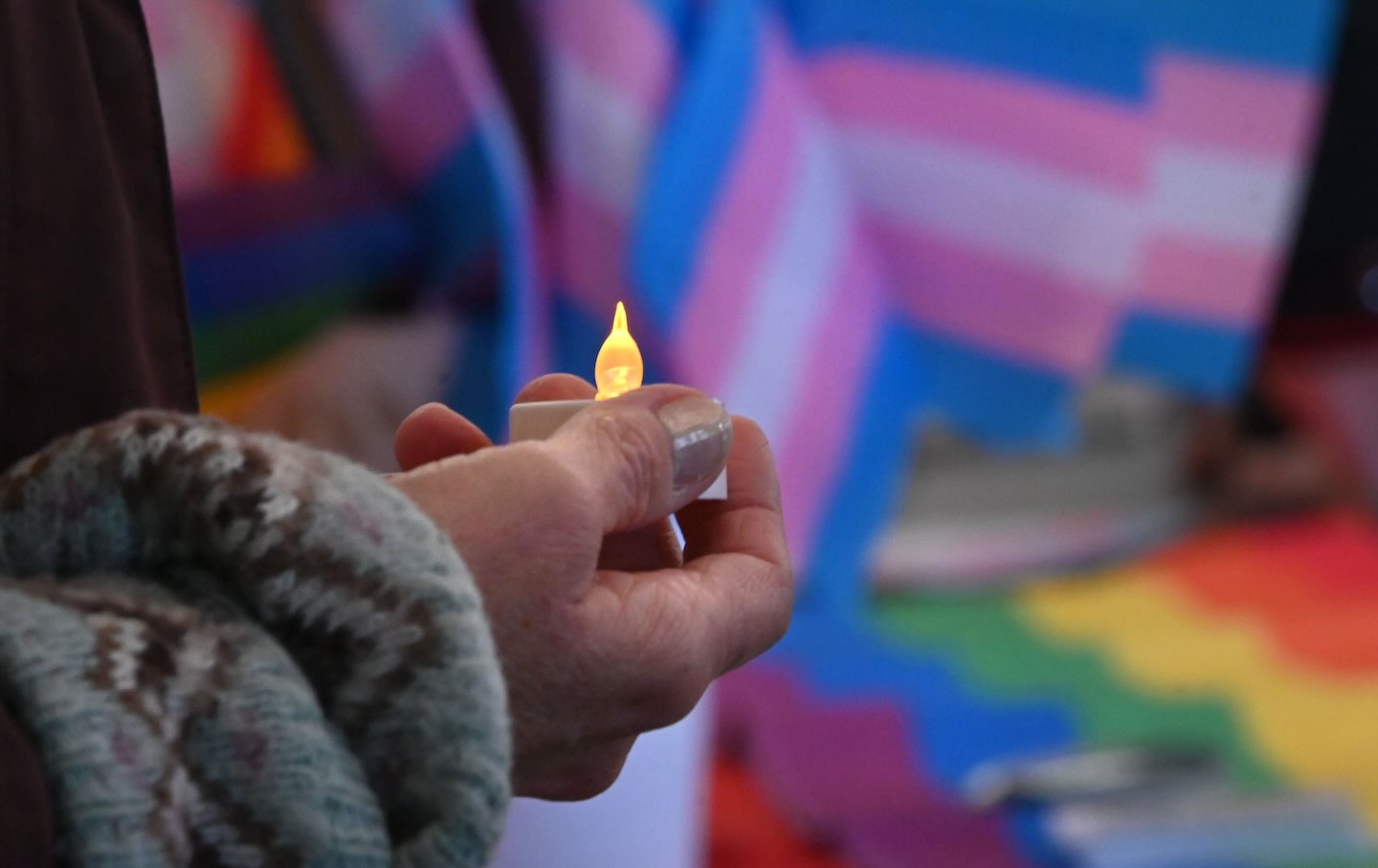
"In Lincoln, Nebraska, where I live, there's a cemetery that I pass while driving to the frequent destinations of my daily life: the YMCA where I exercise, the house of my child's best friend, the Costco where I regularly buy groceries in bulk. Until this year, I had never paid it much attention. It is the cemetery where Brandon Teena, a 21-year-old transgender man, was buried on January 4, 1994."
"His brutal murder, alongside two other victims, Lisa Marie Lambert and Phillip Elliot Devine, is one of America's most well-known hate crimes. One of the men responsible for the murders, Thomas Nissen, is incarcerated on the same street as the cemetery where Brandon is buried, just a couple of miles north at the Nebraska State Penitentiary. A small world. I decided to visit Brandon's grave on a mild day in late August."
"For the past two years, I have been conducting research for a book about the origins and evolutions of anti-trans activism in the United States. I've traveled to various events across the country, interviewed activists, and visited historical archives. And I've spent time at the state capitol building, listening to lawmakers and members of the public debate laws that restrict how transgender people participate in public life."
A cemetery in Lincoln, Nebraska contains the grave of Brandon Teena, a 21-year-old transgender man buried January 4, 1994. His brutal murder, alongside Lisa Marie Lambert and Phillip Elliot Devine, remains a widely known American hate crime. One assailant, Thomas Nissen, is incarcerated nearby at the Nebraska State Penitentiary. Brandon's death resurfaced in state legislative debate during opposition to Legislative Bill 89, the 'Stand with Women Act,' which codified strict definitions of 'man' and 'woman' for facilities, bathrooms, and school sports. Research into anti-trans activism has included travel to events, interviews, archival work, and observation of policy debates at the state capitol.
Read at The Nation
Unable to calculate read time
Collection
[
|
...
]